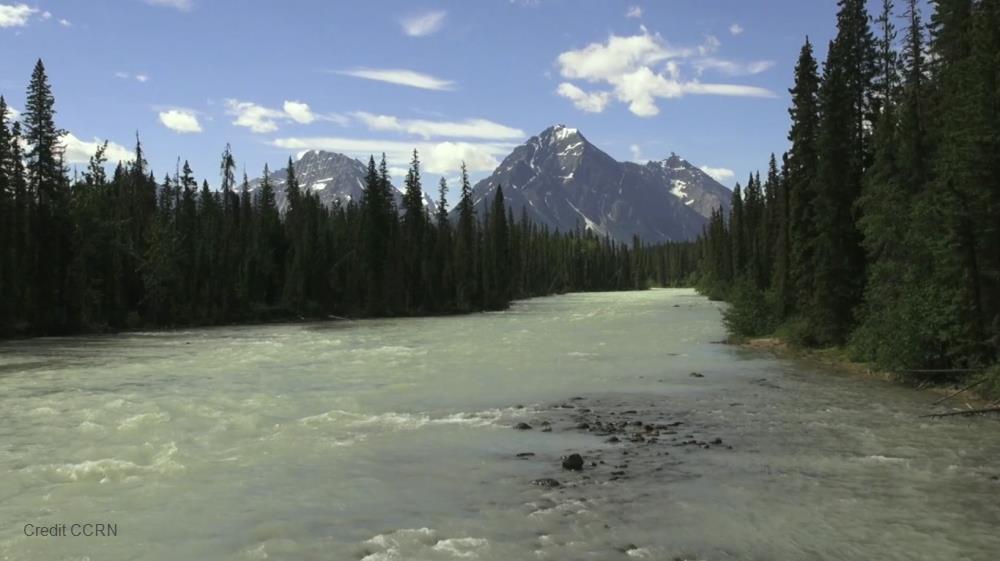
Related items loading ...
Section 1: Publication
Publication Type
Journal Article
Authorship
Lento, J., Laske, S., Lavoie, I., Bogan, D., Brua, B., Campeau, S., Chin, K., Culp, J.M., Levenstein, B., Power, M., Saulnier-Talbot, É., Shaftel, R., Swanson, H., Whitman, M., Zimmerman, C.E.
Title
Diversity of diatoms, benthic macroinvertebrates, and fish varies in response to different environmental drivers in Arctic rivers across North America
Year
2022
Publication Outlet
Freshwater Biology, 67, 95-115
DOI
ISBN
ISSN
Citation
Lento, J., Laske, S., Lavoie, I., Bogan, D., Brua, B., Campeau, S., Chin, K., Culp, J.M., Levenstein, B., Power, M., Saulnier-Talbot, É., Shaftel, R., Swanson, H., Whitman, M., Zimmerman, C.E. (2022) Diversity of diatoms, benthic macroinvertebrates, and fish varies in response to different environmental drivers in Arctic rivers across North America. Freshwater Biology, 67, 95-115.
https://doi.org/10.1111/fwb.13600">
https://doi.org/10.1111/fwb.13600 https://doi.org/10.1111/fwb.13600">
https://doi.org/10.1111/fwb.13600 Available in the Arctic Biodiversity Data Services (
https://abds.is/)
Abstract
Climate change poses a significant threat to Arctic freshwater biodiversity, but impacts depend upon the strength of organism response to climate-related drivers. Currently, there is insufficient knowledge about Arctic freshwater biodiversity patterns to guide assessment, prediction, and management of biodiversity change. As part of the Circumpolar Biodiversity Monitoring Program's first freshwater assessment, we evaluated diversity of diatoms, benthic macroinvertebrates, and fish in North American Arctic rivers. Alpha diversity was assessed in relation to temperature, water chemistry, bedrock geology, and glaciation history to identify important environmental correlates. Biotic composition was compared among groups to evaluate response to environmental gradients. Macroinvertebrate ?-diversity declined strongly with increasing latitude from 48°N to 82°N, whereas diatom and fish diversity peaked around 70°N without a clear latitudinal decline. Macroinvertebrate diversity was significantly positively related to air temperature. Diatom diversity was related to bedrock geology and temperature, whereas fish diversity was related to glaciation history. Fish and macroinvertebrate assemblages differed between sites in western Canada, where invertebrate composition was more variable, and Alaska, where fish composition was more variable. In sites with both diatom and macroinvertebrate data, diatom composition was distinct in Alaska, where richness was highest in former glacial refugia. Macroinvertebrate composition was distinct in lowest-latitude eastern and high-latitude western Canadian sites where temperature was highest. Temperature, precipitation, geology, calcium, and substrate size were important environmental correlates for diatoms and macroinvertebrates, although the relative importance of each correlate differed. Diatom taxa were most strongly associated with water chemistry, whereas benthic invertebrate composition related most strongly to precipitation and temperature. This large-scale study provides the most substantial integration and analysis of river diatom, macroinvertebrate, and fish data from the North American Arctic to date. Findings suggest that macroinvertebrates will show the strongest response to climate-related shifts in temperature, whereas diatoms and fish are more likely to respond to climate-induced shifts in nutrients and hydraulic connectivity. However, significant gaps in data coverage limited our ability to reliably evaluate spatial patterns and detect change. These gaps could be reduced by improving collaborative efforts between the U.S.A. and Canada to harmonise future monitoring.
Plain Language Summary


 GWFNet
GWFNet Master
Master Data
Data Research
Research Map
Map
 Advanced
Advanced Tools
Tools
 . . .
. . .
 Metadata Editor
Metadata Editor
 Record List
Record List
 Alias List Editor
Alias List Editor
 Legacy sites
Legacy sites